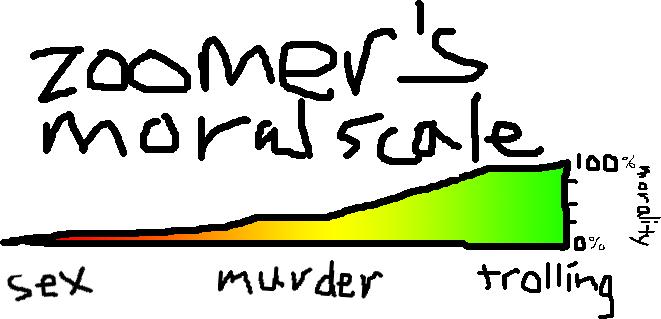The promise of the Open Screen Project to developers is the age-old dream of being able to write an application once and deploy it anywhere across any device. [...] Notably absent from Adobe’s list of partners is Apple, Google, and Microsoft. Each has its own ideas on how this cross-device compatibility will work.I'll admit that Adobe Flash is a very useful implement for a broad range of applications. But I don't think it will have much relevance a few years from now because all of Adobe's openness will catch up to them. You see, the upcoming JavaScript 2 is based largely off of the language used in Flash called ActionScript 3. Adobe has also open sourced the virtual machine that currently allows Flash to run so much faster than normal JavaScript manipulating the DOM or a canvas element. The folks at Mozilla are busy integrating this into Firefox 4, though I think it may find its way into other browsers soon afterward. (Mozilla is already known to be making an IE plugin.)
Anyway, about those notably absent companies--what are their motives? This is assuming they have some other idea of what paradigm applications will take on next. Microsoft is easy; they are directly competing against Flash with Silverlight. Apple is almost as simple; IIRC they invented the canvas tag for their web browser, Safari, and it was later implemented in Firefox and Opera. So supporting canvas and web standards in general may be a factor. But Apple is most focused on its mobile hardware business. For some reason, Apple doesn't want Flash on the iPhone. Why oh why, Steve? (Maybe FSJ can tell me...) My guess is that they want anything not running inside Safari to be a good ol' Objective-C--or what have you--app. Google's absence is perhaps the most mysterious of all. A long time ago, google.com was a kickass search engine and nothing else. Their second runaway hit was Gmail. Its awesomeness was only made possible by the invention of Ajax, reloading only the part of the page you need! There is dispute over who created Ajax, but I think it is safe to say that Google created Ajax as we know it today. Now, it is possible to use Ajax and Flash together, but Google isn't terribly interested in that. If they were, then the majority of their apps--Gmail, Reader, News, Docs, et al.--would be based on Flash instead of pure HTML and JavaScript.
But Adobe may not need the support of the #1 and #3 browser vendors and the #1 and #3 search engines to retain dominance. Superior graphics are huge asset for Flash. Although the potential is there, I still have yet to see a solution to making games and animations using SVG or canvas that truly rivals the ease with which (I assume) you can in Flash Studio. These are mostly uncharted waters. Sure, I've seen lots of demos, but nothing seriously popular uses them. Internet Explorer's only having VML has a large part in hampering anything like that.
But the Open Screen initiative may be the ace in the hole for Adobe. Flash's continued success stems from its ubiquity, nearly 100% browser penetration already. And now it's coming soon to any previously untapped platform. So Adobe can probably hold off most challenges to Flash as the new software platform for everything. Because that's what it is or what Adobe wants it to be. There is another option, but I don't see much chance of it happening. Adobe could essentially throw out Flash and fully adopt some kind of JavaScript and SVG alternative. This actually has a fairly good chance of occuring gradually over time, as crossover increases. Consider Google Gears, which compiles Java into JavaScript; it is not hard to imagine compilers that go back and forth between Flash and alternatives.
So if you are a freetard, as I am, don't get discouraged if you are working on something that might be better done in Flash. And if you are a flashboy or adoboy--yes, I just made those up--don't necessarily come over to the light side if it would terribly inconvenience you. Both sides have bright futures and we'll all be on to something entirely different in 10 years anyway.













